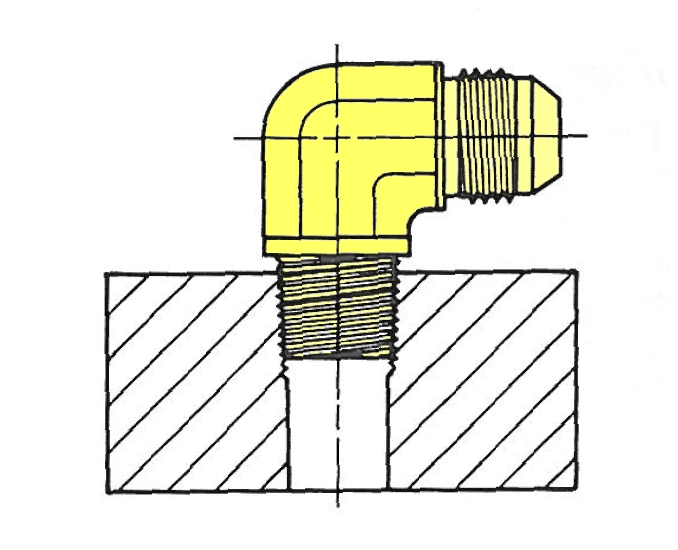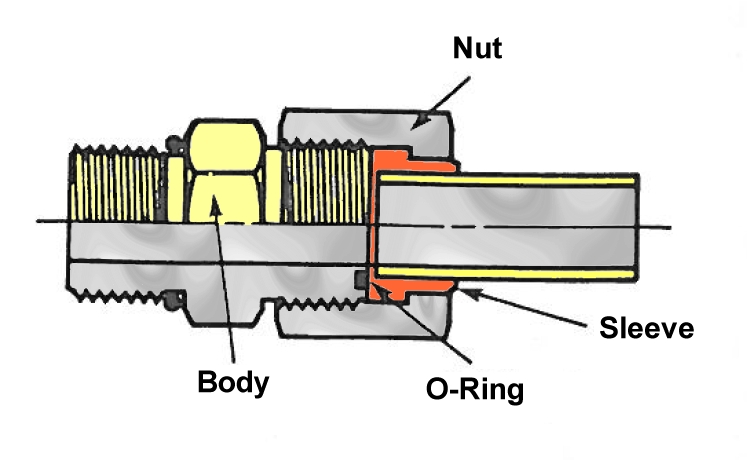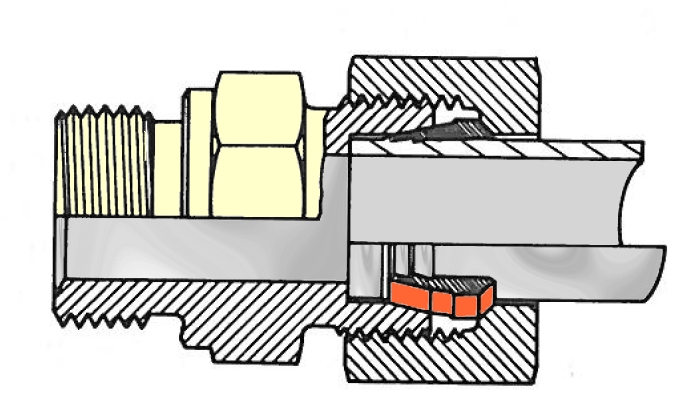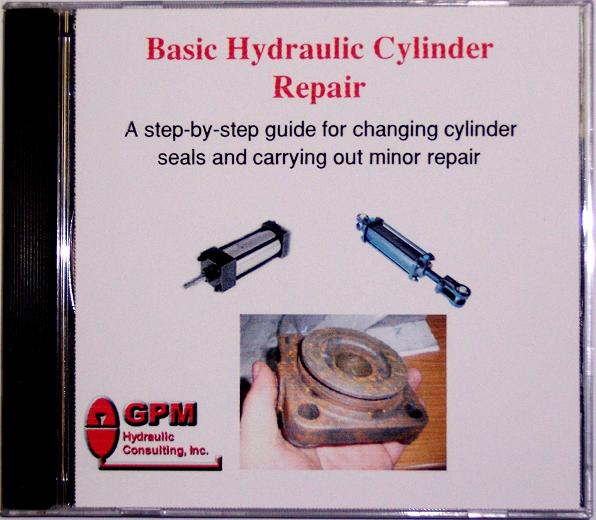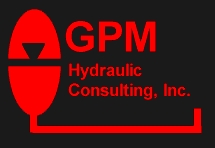
P.O. Box 1376
Monroe, GA 30656
(770) 267-3787 gpm@gpmhydraulic.com
For an archive of past newsletters, please visit:
http://www.GPMHydraulic.com/newsletter_archive/
CLICK HERE to send this newsletter to a friend!
|
'Troubleshooting Hydraulics' Newsletter |
||||
|
||||
|
In This Issue |
||||
1. Keep the Hydraulics - Upgrade Your Reliability Practices 2. Call GPM for Emergency Hydraulic Troubleshooting 3. Is It Time For A Hydraulic Reliability Assessment At Your Plant? 4. 2012 Public Hydraulic Reliability and Troubleshooting Workshop Schedule |
 By Jack Weeks
By Jack Weeks| First I would like to address this notion that the only way to eliminate hydraulic leaks is to eliminate the hydraulics. It never ceases to amaze me just how widespread this belief is. The fact is that hydraulic leaks could have been
all but a thing of the past since shortly after World War II. Prior to the war, most hydraulic systems operated at relatively low pressures. Pressures of 800 - 1000 PSI were the norm until it became necessary to design more lightweight hydraulic systems for military aircraft. With smaller, lighter weight systems, it was necessary to raise pressures so greater force could be developed by smaller actuators. With these higher pressures came the need for fittings that would withstand the force. Working under the
SAE, fittings manufacturers developed the SAE straight-thread-O-ring boss. Unlike the old style tapered pipe fittings that rely on the stress generated by forcing the male half into the female half, straight thread fittings eliminate all seepage
WHEN THEY ARE PROPERLY INSTALLED. Pressures continued to build, both in aeronautic and industrial machines, somehow we failed to keep up with the fitting technology in many
cases.
A surprising number of people actually believe that hydraulic machines are SUPPOSED to "leak a little bit".This would never be accepted anywhere else but in an industrial facility. Airplane hydraulics are inspected constantly. They almost never leak, but if a leak is discovered, it is repaired immediately. If we bought a new car and found the next morning that it had a small puddle underneath, would we just shrug our shoulders and say, "It's supposed to leak a little bit,"? Of course not. We would return it to the dealer immediately. Yet we allow it to continue at industrial plants. Only some plants, rather than deal with the leaks, are opting to replace at least some of their hydraulics with direct drive electrical systems.
|
|
What about potential hose failure? There is really no excuse for a hose failure. Hoses don't just break. They give signs of wear and impending failure if we just look. It's really a matter of common sense. Replace them immediately if a blister is found. Don't allow hoses to rub against anything. Cut them to the proper length. Unless the hose connects a traveling cylinder or some similar application, hoses should be no more than about four feet long. Pay attention to the pressure rating of the hoses. Get a good, proper crimp. If these simple rules are kept, a hose failure should be easily avoided.
Remember why we use hydraulics in the first place. Hydraulics have distinct advantages over other means of power transfer. Accurate speed control is one. Sure, there are variable frequency drives that can match hydraulics in speed control, but at what cost? The circuitry alone is an outage waiting to happen. And the difference in power density is at least 10:1. Compare the size of a 5 hp electric motor to that of a 5 hp hydraulic motor. The electric drive must be considerably larger to get the same amount of power. Placement and footprint need to be considered in design and the equipment must accommodate much larger size and support much more weight. Usually this means the electric motor must be mounted on a right angle gear box. Right angle gear boxes are more expensive and less efficient than straight reduction drives. But with hydraulic motors, the footprint is minimal and speed control is determined by flow. Electric motors must also
be protected from their environment. Hydraulics are sealed and can be used almost anywhere.
Probably the greatest advantage of hydraulics though, is their reliability. While electrical components generally fail catastrophically,
hydraulic components typically suffer a gradual degradation of performance long before they actually fail. It's hard to perform any planned maintenance on electrical components - all we can do is wait until they fail and repair them. Meanwhile, we suffer lost production. This is the true beauty of hydraulic systems - they tell you when they need attention if you only know what to look for. That's where we come in. With hydraulic troubleshooting training and hydraulic reliability audits. For a tiny fraction of what it costs to replace a hydraulic unit with an electric direct drive system, we can audit your systems to show just what needs to be done and when to ensure that you contunue to deliver the best product at the lowest possible cost. And, after all, isn't that what total cost of ownership is really all about?
1/2 sweet onion cut fine
1/2 bunch of cilantro cut fine
4 oz. tomato sauce
2 jalapeno peppers
1 serrano pepper
2 cloves minced garlic
1/4 teaspoon salt
1/2 teaspoon white pepper
1/4 teaspoon sugar
1/2 teaspoon cumin
juice of 1 lime
Remove the seeds from the peppers if you're a wus. Put it all in a blender and chop it up until it looks like salsa. Chill and serve. Puts your favorite Mexican restaurant to shame!
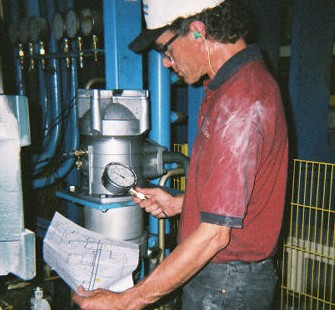
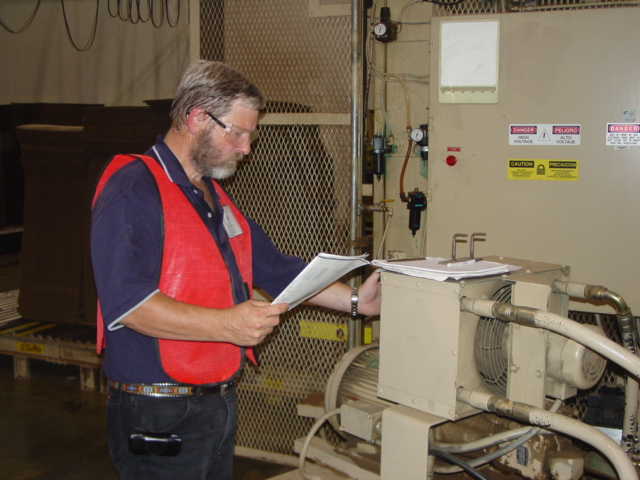
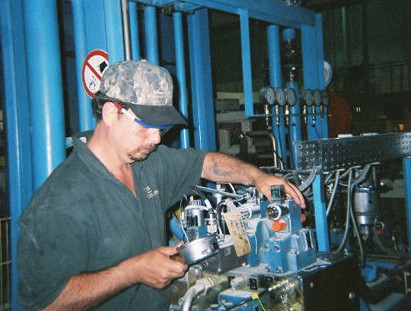
Nothing is more expensive than unscheduled down time. GPM’s customers know they can call whenever they have a troubleshooting issue they simply can’t resolve. With over 50 years experience dealing with hydraulic failures, our consultants have the resources to help troubleshoot whatever hydraulic problem you encounter. Whether you’re experiencing a total system outage, repeated component failure or just need a professionally designed preventive maintenance schedule, the consultants at GPM can help. Call GPM for
In-plant Troubleshooting
Leakage Problems
Pressure Settings
Shock Problems
Preventive
Maintenance Scheduling
Hydraulic Troubleshooting Manual Development
Startup
Consulting and Recommendations
Heat
Problems
Repeated
Component Failures
Speed Problems
Do you want to learn more about how GPM can help you? Go to http://gpmhydraulic.com/troubleshooting.htm
- Testing of the pump(s) to determine if the proper volume is being delivered to the system. By making this test regularly the pump can be replaced on a down day and not when it fails and interrupts production.
- Checking the accumulators to make sure they are properly pre-charged which is necessary to achieve the desired speed to maintain production.
- On any given hydraulic system, there should be some lines that are hot (above 130 degrees), warm (100-130 degrees), and cool or at ambient temperature. By checking the temperature of these lines on a regular basis a component failure can be found before the system fails completely.
- One of the main issues in a hydraulic system is leakage. One drop of oil that drips once per second will lose 405 gallons a year. If leakage is occurring there is a reason for it. Our consultant will identify the cause of the leak and recommend the necessary fix to prevent it from occurring in the future.
- One of the biggest problems in systems today is that the pressures are out of adjustment which causes excessive force, heat, leakage and wasted electrical energy. Our consultant will identify any pressure setting issues and many times correct them during the assessment.
- Check to verify that the pipe and tubing
clamps are properly spaced and are of the proper type.
Make sure that the hoses are properly installed to prevent pre-mature failure and oil loss. - Check the condition of the filters if a visual or electrical indicator is available.
- Verify that the air and water heat exchangers are operating properly to reduce the oil temperature to an acceptable level. If the oil temperature is above 140 degrees then oil will start breaking down causing sludge and varnish in the system.
- Check the condition of the breather cap and recommend a maintenance schedule.
- Sound checks to determine pump cavitation, aeration or valves bypassing in the system.
Schedule a Reliability Assessment at your plant today for a full report on
the condition and recommended improvements for your systems. Then by using
the customized Reliability and P.M. Schedule downtime, parts cost and oil
loss will be reduced.
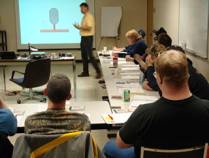
Hydraulic
Reliability and Troubleshooting 2012
3 Day Workshop
Registration
Fee Only $895.00 Per Person
Three
for the Price of TWO!
Every Third Registrant Attends for FREE!
Early Registration -
$845.00 For Confirmed Reservations
Booked 21 Days Prior to the Start of the Workshop
We still have limited availability for registration - Call (770) 267-3787 To Register
Learn More About Our Hydraulic Reliability and Troubleshooting Course
2012 Hydraulic Reliability and Troubleshooting Schedule
*Call If You Would Like To See A Workshop Scheduled In Your Area!
(770) 267-3787
| March 6 - 8 | Florence, SC |
| March 14 - 16 | Roanoke Rapids, NC |
| April 3 - 5 | Clinton, SC |
| April 17 - 19 | Forsyth, GA |
If you've found our newsletter informative and beneficial please click here to tell your co-workers and friends.
A step-by-step guide for changing cylinder seals and carrying out minor repair. The manual contains disassembly, inspection of parts, minor repair, assembly, examples of seal failures and their causes, hydraulic cylinder speeds, metric/inch conversion table, fluid power formulas, rod and piston groove diameters.
$24.99 + Shipping & Handling
Site Index
[Home] [Our Training] [Hydraulic Consulting] [Safety Webinars] [System Flushing] [Our People] [Downloads and Multimedia] [Testimonials] [Hydraulics Quiz] [GPM Store] [Upcoming Events] [Contact Us]
GPM Hydraulic Consulting,
Inc.
Box 1376
Monroe, GA 30655
(770) 267-3787


